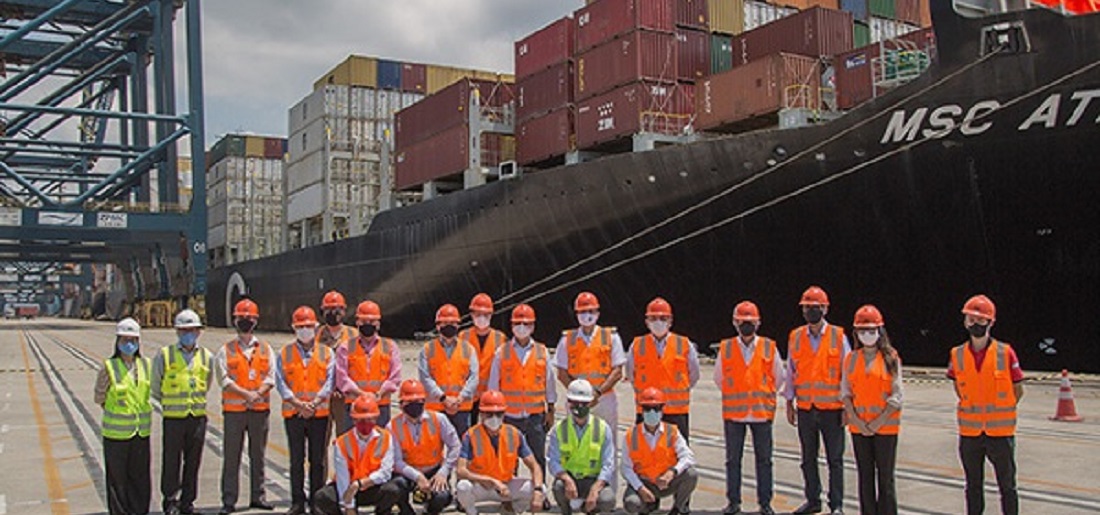
FIESP defends underwater tunnel to connect Santos to Guarujá
Feb, 22, 2021 Posted by Ruth HollardWeek 202108
After visiting the Port of Santos on February 19, Paulo Skaf, the president of the Federation of Industries of the State of São Paulo (FIESP), defended the design of the underwater tunnel as the best alternative for the dry connection between Santos and Guarujá.
According to Skaf, the dry connection has been discussed for decades and it is necessary both for the Baixada Santista region and for the Port of Santos. “Studies show that the tunnel option would be more advantageous for a number of reasons, including technical, investment, and profitability. For this reason, in our view, it would be more interesting to find a dry-connection solution through a tunnel and not a bridge,” he stated.
Casemiro Tércio Carvalho, the naval engineer and ex-president of Santos Port Authority (SPA), participated in the meeting and highlighted the mobilization of more than 30 companies and associations from different segments with the ‘Vou de Túnel’ campaign. The initiative defends the design of the underwater tunnel as the most viable alternative to solve an urban mobility bottleneck in the Baixada Santos region and proves to be the most economical option, in addition to not having a negative impact on the growth of the port operation in the Port of Santos, the largest in Latin America.
According to him, one of the objectives of the mobilization is precisely to promote a technical and not a political discussion on the topic. “This is not a political decision, but a clearly technical one about what is in favor of, or against, the development of the Port of Santos. We want to depoliticize this discussion”, he says.
Casemiro Tércio points out that the International Association of Coastal and Port Engineering already recommends that dry connections in narrow channels close to ports and evolution bays be made immersed. The campaign spokesman argues that the Port of Santos should follow the trend of global best practices when it comes to dry connections near navigation channels.
“In Europe and Asia, ports with large operations and expansion capacities have opted for immersed solutions. Ports that have invested in bridges are suffering from actions to free up air space for ships to pass. It is a shot in the foot to allow a bridge to be installed in a port. Especially, in the main port of the country that now, thanks to ‘BR do Mar’, can become the Hub Port for Brazilian cabotage operations”, he explained.
SPA intends to publish a public call by March to receive feasibility studies to support the construction of the immersed tunnel connecting the two municipalities.
-
Ports and Terminals
Jun, 03, 2022
0
Port of Rio de Janeiro throughput up 15.1%
-
Steel and Aluminium
Feb, 13, 2019
0
Brazil prepares to retaliate against EU’s protectionist measures on steel
-
Meat
Apr, 04, 2023
0
Pork exports in March outstrip previous month’s figures in volume, revenue
-
Ports and Terminals
Aug, 31, 2022
0
Port of Santos concession period expanded to 50 years


